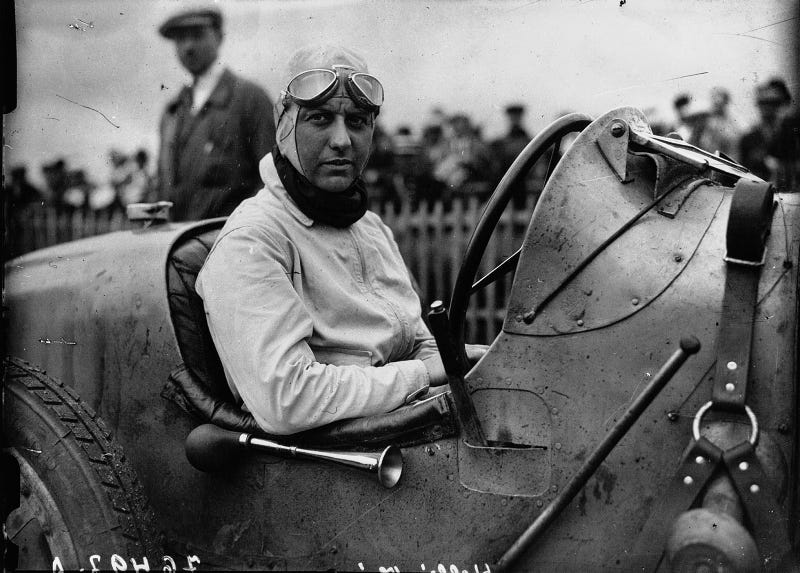TechDAS Air Force One
text and images by Wojciech Pacuła and TechDAS, translation by Andrzej Dziadowiec
Stereo Sound is an A5 sized quarterly magazine (issue No. 189, 2014 Winter, 520 pages) that has been published in Japan for over 40 years and is considered in the land of the samurai and Sony to be the final and absolute authority on audio. The language of publication is still somewhat of a challenge to me—I may know five or so Japanese words by now—yet I have read many of its reviews in their English translation. Such "cheat sheets" are released by the representatives (agents) of Japanese manufacturers.
The reviews are nothing like those we know from European and American audio magazines. The main featured products are reviewed and discussed a few times in various sections of a given issue. The main presentation is a record of an in-depth discussion held in the "Stereo Sound" editorial office by all its editors and based on their auditions carried out in the editorial listening room or at home. These auditions are carried out in turns by two editors at a time, sitting one behind the other. Each product has a lead editor. The conclusions of this discussion are then detailed in subsequent product descriptions, mostly technical.
Stereo Sound is an extreme example of an audio magazine. If you think
Stereophile and
The Absolute Sound to be high-end, the Japanese magazine would need to be placed in the stratosphere, as even calling it top high-end would not quite do justice to what is published there. Of course, it features relatively inexpensive components, too, but these are rare occurrences rather than the norm. And what attracts the readers are the flagship products.
The more so that they have a lot to choose from, being presented with the true
crème de la crème of the audio world. This is guaranteed by Japanese audio distributors who are also advertisers in the magazine. For years, one of the biggest has been
Stella Inc. whose portfolio includes such premier brands as Constellation, Devialet, Einstein, Brinkmann, Vivid Audio, Tidal, Wilson Benesch, HRS, Argento and TechDAS. The last one is particularly interesting as it is a brand founded and run by Stella Inc. which, in my strong belief, has designed the best turntable in the world.
Only a year ago, TechDAS was a virtually unknown name for the vast majority of non-Japanese people. Very "technical" and "angular", it was immediately linked to the name that is, in turn, known to everyone—Air Force One. The name of the U.S. president's airplane was used to designate a turntable that was to become the "first among the first." An ambitious goal, especially given that it was the first such product from TechDAS; actually its first product ever. Every new manufacturer usually needs to pay its dues before reaching a level where skills and knowledge are complemented by experience that, combined, turn audio components into something more than a bag of electronics in a metal box. To quote Jeff Rowland, "it takes years to understand the complex relationship between component parts and the end design. Audio design is an art form that requires a lifetime to master. There are no shortcuts." How very true, indeed.
.jpg)
Any concerns we might have about the Air Force One, or AFO for short, are dispelled as soon as we look behind the curtain to see who is behind all this, tinkering, soldering and putting it together. The man perched over the table is Mr. Hideaki Nishikawa. Hideaki-san began his professional career in 1966 when he joined Stax to work there for the next ten years, developing electrostatic headphones. Then he designed turntable tonearms for the next few audio manufacturers that were fortunate enough to employ him. His main pride is the Black Widow, which he designed for Infinity. He eventually joined Micro-Seiki as Technical Department Manager. Soon he became the Sound Business Director, so he was the person responsible for shaping the acoustic imprint of products from this Japanese company. Summing up the 12 years he spent there, he cites the SX-8000II turntable with air bearing and vacuum hold-down system as his statement product (Ken Kessler, "TechDAS Air Force One",
Hi-Fi News & Record Review, March 2013, p. 25). The Air Force One is a compilation of all the best design solutions from the SX-8000II, using the latest material processing technology and virtually unrestricted research budget. Stella owners "only" wanted him to design his best turntable ever.
Micro-Seiki is a legend that has the status of a "cult" company. It has its own fan clubs and dedicated websites, such as
www.micro-seiki.nl (Dutch website in English). Its more expensive turntables very rarely appear on the secondary market and if they do they fetch exorbitant prices. The Air Force One is nothing but cheap, either. Looking at its design, however, it is not difficult to understand why. This is not another "audiophile" product that mainly appeals to us with a brand reputation (which is new here) or design solutions with difficult-to-pronounce names that are hard to find in scientific literature (because they do not exist, and their names are pure PR gimmick). Its quality is guaranteed by the authority of Mr. Nishikawa, while the solutions applied are solid hi-tech engineering.
Design focus included the following criteria:
• Elimination of all unnecessary vibration and resonance
• Absolute rotational accuracy and concentricity
• Maximum quietness operation,
• Immunity from external vibration
• Mounting flexibility for all types of tonearm
• User friendliness and an elegant beauty
• A choice of platter material and type
• Silent, ripple free air pumps
The turntable sound is incredibly deep. That's the thing that throws us off as it can't be compared to anything else. Even a mediocre performance (live sound), from a back seat in the audience and with substandard acoustics, allow communication with the performer. However, such event is flawed and not quite satisfying in our reception. Often simply off-putting. Only the best experiences with live instruments, in other words a top instrument and top performer in top acoustics, can give something similar to what the AFO offers with any record. Let me repeat, any record. I will come back to that later.
A
Conclusion
For over two years I've been trying to arrange an interview with an audio journalist from Japan. Little did I know in January 2012, when I started a series of interviews with audio journalists from all over the world, that it would be so difficult to get through to people from Japan (my first interview in "The Editors" series was with Srajan Ebaen, chief editor of
6moons.com and can be found
HERE). For two years I've been hoping to make a breakthrough, with the help of my friends from Japan, including audio distributors and representatives of Japanese companies. However, trying to set up an interview for me with one of audio journalists they have been either politely declined or told "maybe someday". At the High End 2013 in Munich I accidentally bumped into Mr. Takahito Miura, a journalist for
Stereo Soundand didn't let him go until he promised to think about giving an interview. With all due respect, he is still thinking. A possible explanation for this attitude can be found in the history of Japan as a country that has been closed to foreigners, self-sufficient culturally and focused mainly on its internal market. Audio journalists are considered demigods and they feel comfortable in that role. No wonder they have absolutely no need to go out of their own camp.
.JPG)
Listening to the Air Force One turntable, I can perfectly understand why. They simply know that their country boasts spectacular audio equipment. Maybe not everything, as for example they usually buy their speakers in Europe or the U.S., but most of their audio gear is flawless. TechDAS has designed a fantastic turntable. Not "perfect" or "ideal" as these are boundary terms that leave no room for improvement. I am convinced that sooner or later there will be something even better than the AFO even though I don't see any competitor for the here and now. Regardless of audio format and medium, the Japanese turntable offers the kind of sound quality that makes everything else look like a bad joke that deserves to be instantly forgotten.
 Dope thread.
Dope thread. Dope thread.
Dope thread.


.jpg)
.jpg)
.JPG)
.JPG)
.JPG)
.JPG)
.JPG)
.JPG)



 Your mansions will be full of these toys.
Your mansions will be full of these toys.

























